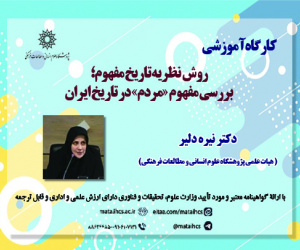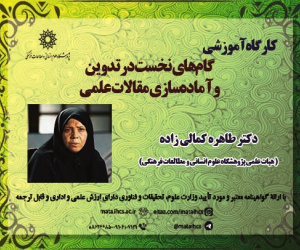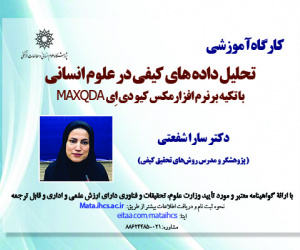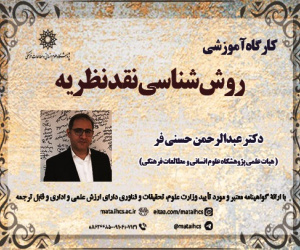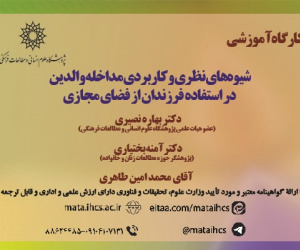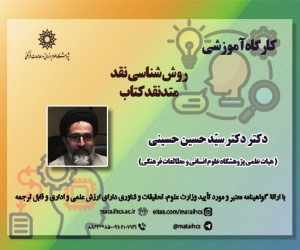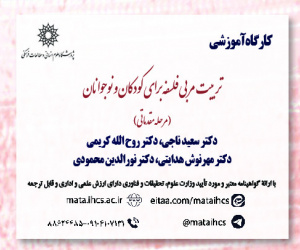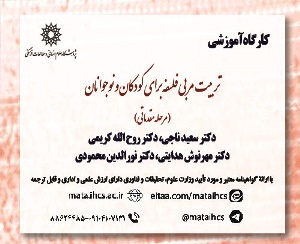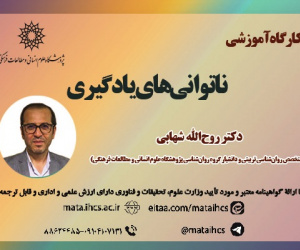ارزیابی تاثیر شاخص های سلامت بانکی بر سودآوری بانک های تجاری غیردولتی ایران
آرشیو
چکیده
هدف: در کشورهای درحال توسعه، از جمله ایران، مدیریت بهینه ریسک های مالی و ارتقا بازدهی در بانک ها از چالش های اساسی است. این پژوهش به ارزیابی تاثیر نسبت های کلیدی مالی بر نرخ بازده تعدیل شده بر اساس ریسک در بانک های تجاری غیردولتی ایران می پردازد، تا به شناسایی مولفه های اثرگذار در بهبود عملکرد بانکی و کاهش ریسک منجر شود.روش شناسی پژوهش: این مطالعه از داده های 17 بانک تجاری غیردولتی ایران طی سال های 1394 تا 1401 بهره می برد و با استفاده از روش گشتاورهای تعمیم یافته (GMM) به تحلیل روابط میان متغیرها می پردازد.یافته ها: نتایج تحقیق حاکی از آن است که وقفه متغیر RORAC تاثیر منفی و معناداری بر مقدار کنونی آن داشته و نشان دهنده وابستگی زمانی این شاخص است. همچنین، نرخ بازده حقوق صاحبان سهام و نسبت کفایت سرمایه، تاثیر مثبت و معناداری بر RORAC نشان می دهند، در حالی که نسبت مطالبات غیرجاری و بازده دارایی با اثری منفی بر این شاخص همراه بوده اند.اصالت/ارزش افزوده علمی: این مطالعه با ارایه شواهدی جدید از نقش موثر نسبت های مالی در مدیریت ریسک بانکی و بهبود کارایی مالی، پیشنهاداتی کاربردی برای مدیران بانکی و سیاست گذاران اقتصادی فراهم می آورد تا با تمرکز بر ارتقا کفایت سرمایه و کاهش نسبت مطالبات غیرجاری، به تدوین سیاست های کارآمدتری برای مدیریت ریسک و بهینه سازی بازدهی بپردازند.Evaluating the impact of banking health indicators on the profitability of non-governmental commercial banks in Iran
Purpose: In developing countries, including Iran, optimal financial risk management and performance enhancement in banks are major challenges. This research examines the impact of key financial ratios on the risk-adjusted return on capital (RORAC) in non-governmental commercial banks in Iran, aiming to identify influential components that enhance banking performance and reduce risk.Methodology: This study utilizes data from 17 non-governmental commercial banks in Iran over the period 2015 to 2022 and employs the Generalized Method of Moments (GMM) to analyze the relationships among variables.Findings: The findings indicate that the lagged RORAC variable has a negative and significant effect on its current value, reflecting temporal dependency in this indicator. Moreover, the return on equity and capital adequacy ratio exhibit a positive and significant effect on RORAC, while the non-performing loan ratio and return on assets have a negative impact on this metric.Originality/Value: This study provides new insights into the effective role of financial ratios in banking risk management and financial efficiency improvement. It offers practical recommendations for bank managers and policymakers to focus on enhancing capital adequacy and reducing non-performing loans in order to develop more effective strategies for risk management and performance optimization.

